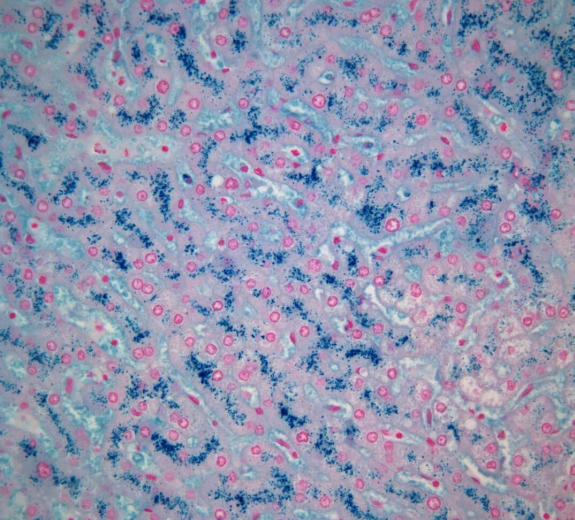
Autoimmune Disease: The Enemy Within
Every day, more than 23 million Americans are affected by autoimmune disease. There are over 80 varieties, some of which you may have heard of: rheumatoid arthritis, lupus, celiac disease, type I diabetes, alopecia, thyroid disease, psoriasis, and multiple sclerosis. Others, maybe not: agammaglobulinemia, giant cell myocarditis, and scleroderma.
As the variety of diseases imply, autoimmune disease can also cause a wide variety of symptoms that range from mild to severe. While there are many treatments for these symptoms, there are currently no cures, nor quick and easy diagnoses for the diseases that cause them.
So what exactly are autoimmune diseases? Specifically, what causes them, how can they be treated, and can they be prevented?
What is autoimmune disease?
Autoimmune disease is a term used to describe diseases that share the same basic cause: the immune system – designed to protect the body from infections and foreign invaders – makes a mistake and attacks healthy cells in tissues and organs. No tissue or organ is exempt from autoimmune disease.
When the immune system attacks the joints, it can result in rheumatoid arthritis; when it attacks the skin, it can become psoriasis; when it attacks the pancreas, it results in type 1 diabetes.
What causes the immune system to malfunction in this way is not exactly known, but scientists do know that it’s some combination of heredity, gender, environment and possibly inflammation caused by bacteria, viruses, toxins or drugs.
Who is affected by autoimmune disease?
Autoimmune diseases are fairly common. In fact, 1 in 15 Americans are affected, and it’s likely everyone knows someone with one. These diseases affect all types of people, including children – in the form of juvenile rheumatoid arthritis, juvenile arthritis, and type 1 diabetes. Women are affected four times more frequently than men, with symptoms beginning during their healthy, child-bearing years. These diseases are also among the top 10 causes of death of American women up to age 64.
Some autoimmune diseases affect certain groups of people more than others. For instance, type 1 diabetes is prevalent in people of Northern European descent, while lupus is more commonly found in African-American and Hispanic individuals. Additionally, those living in higher latitudes with less sunlight, like the Pacific Northwest, experience increased incidences of multiple sclerosis and inflammatory bowel disease.
How do I know if I have an autoimmune disease?
These diseases are often chronic, lifelong, disabling diseases that can be very difficult to diagnose. Symptoms may be varied and vague, and can present themselves in many different ways, often “flaring” on and off or getting suddenly worse.
Once symptoms begin, it’s important to seek medical help as soon as possible to limit irreparable damage to tissues and organs. To diagnose and treat autoimmune disease, the physician will review the family medical history, track disease symptoms, and assess risk factors such as infections, food sensitivities, and toxins. If a primary care doctor suspects a diagnosis of an autoimmune disease, the patient will be referred to a specialist, such as a rheumatologist, neurologist, gastroenterologist, or endocrinologist.
Is there a cure for autoimmune disease?
Currently, there are no cures for autoimmune disease. The best that can be offered is to effectively manage disease symptoms while delaying the course of these chronic diseases.
However, there’s hope in medical research taking place here at Benaroya Research Institute at Virginia Mason (BRI), where we focus on discovering causes, better diagnostics, targeted treatments, and ultimately cures for these insatiable diseases.
An uplifting breakthrough is type 1 diabetes, where researchers are able to predict – and now ideally prevent – the onset of this lifelong disease. We now know that family members of someone with type 1 diabetes have a 15x increased risk of developing the disease relative to the general population. A simple blood test can now predict the onset before any symptoms appear. People identified with these disease markers can then enter a clinical trial designed to prevent and/or delay the onset of the active disease. Additionally, two therapies are currently being tested to see if they can stop or slow down the immune system reaction that destroys insulin-making cells.
Can a discovery for one disease be applied to another?
Yes! BRI researchers are urgently seeking to expand the breakthroughs being made in type 1 diabetes to other autoimmune diseases such as rheumatoid arthritis, Crohn’s disease, and multiple sclerosis. BRI uniquely accelerates discovery by applying research findings in one disease to other diseases, so that progress against one disease can become progress against them all.
BRI will continue providing information on autoimmune diseases, and the giant strides being taken to developing breakthroughs and treatments, here on the blog.
Immuno-what? Hear the latest from BRI
Keep up to date on our latest research, new clinical trials and exciting publications.


